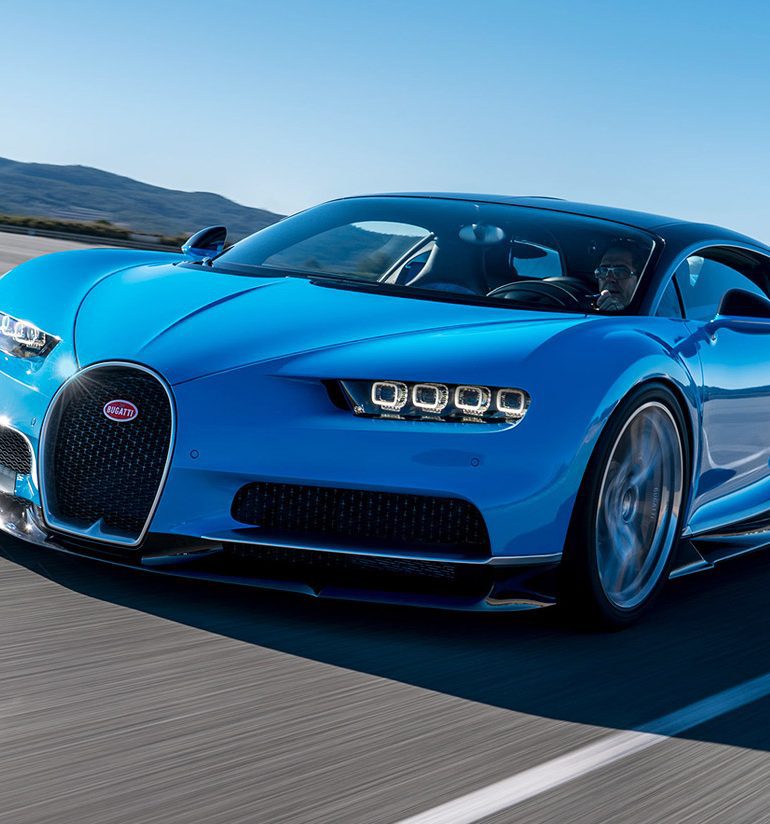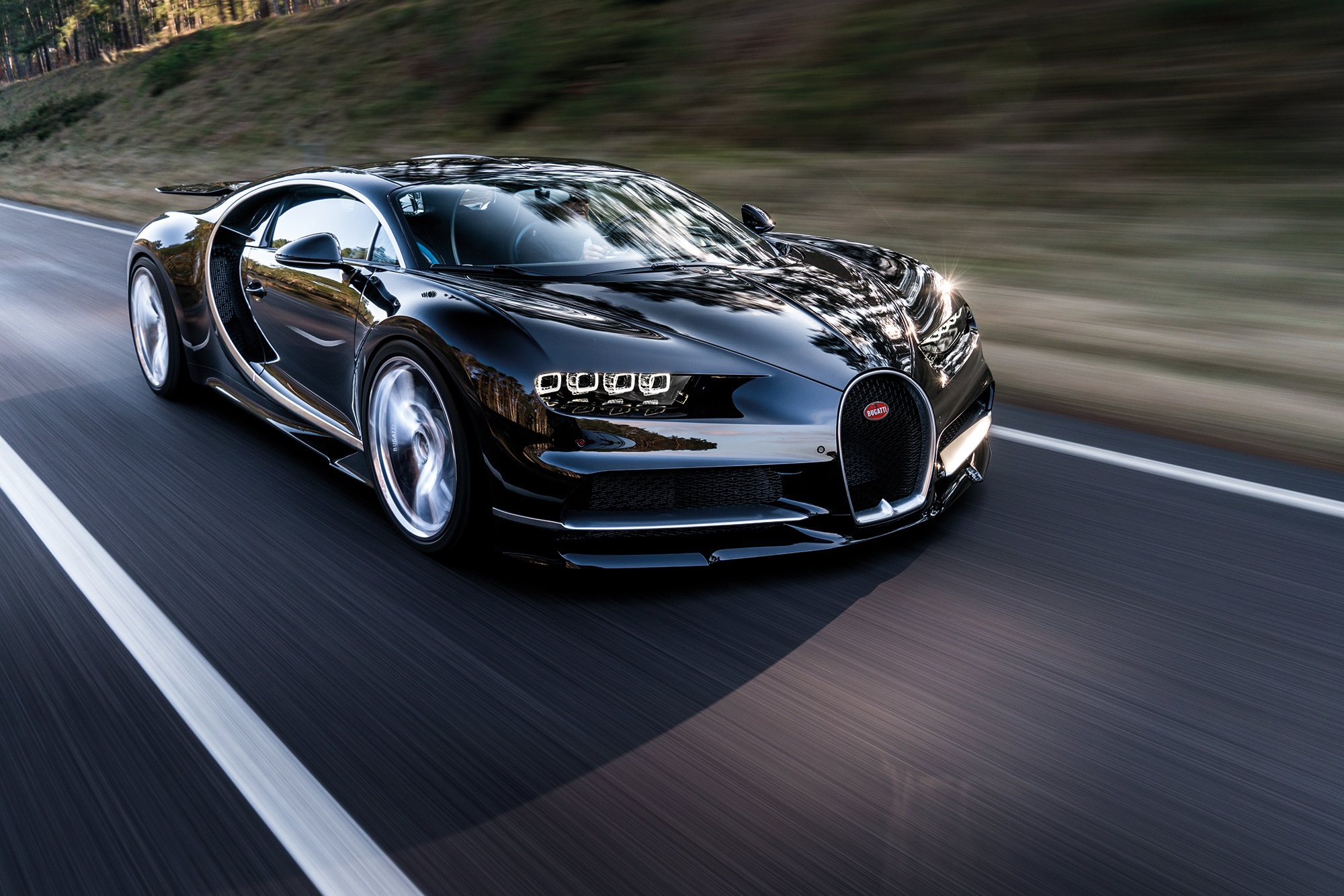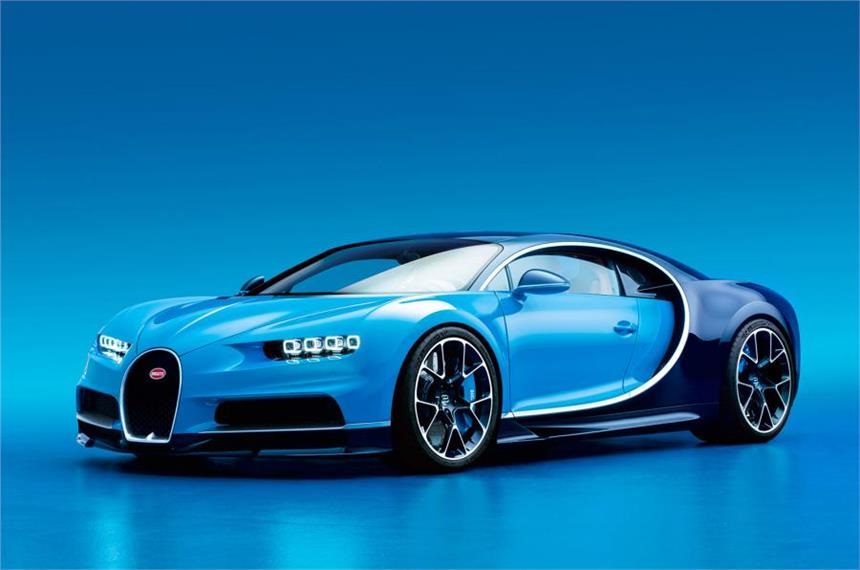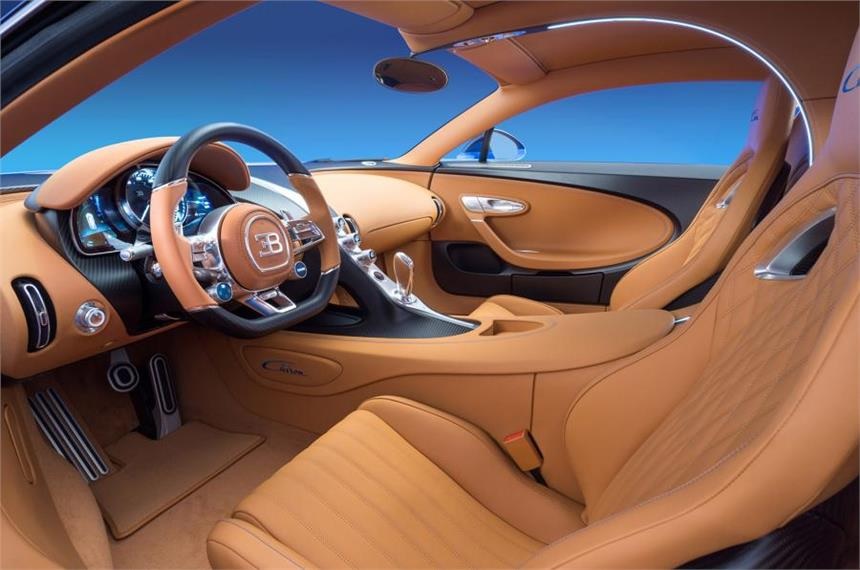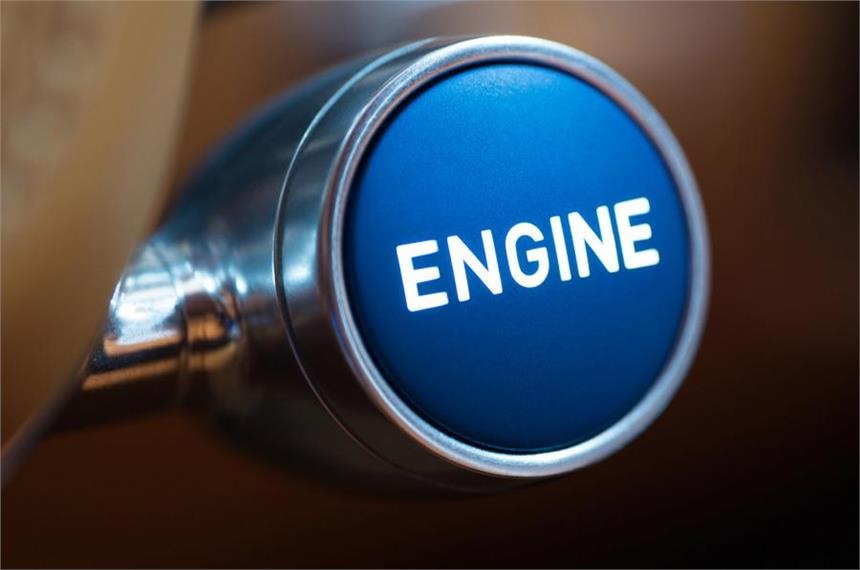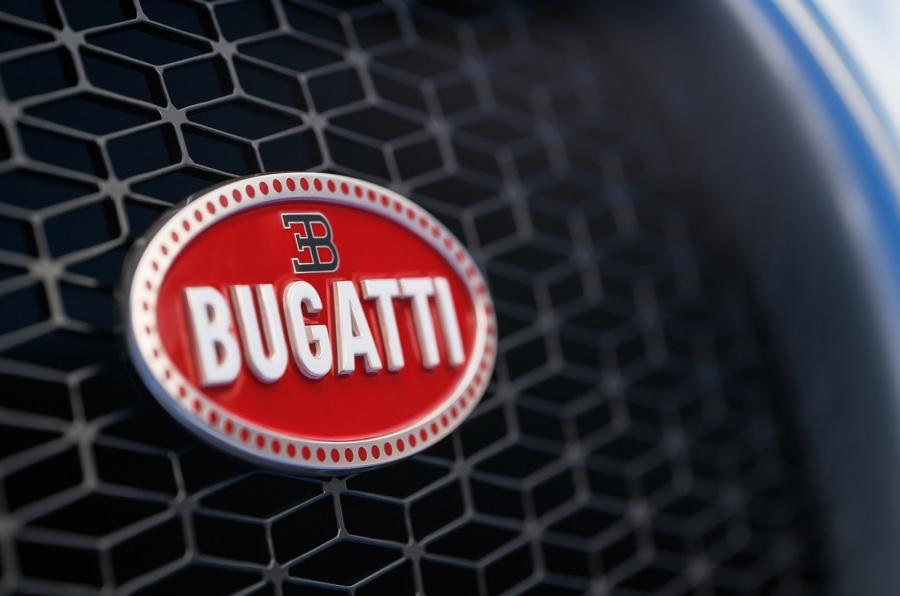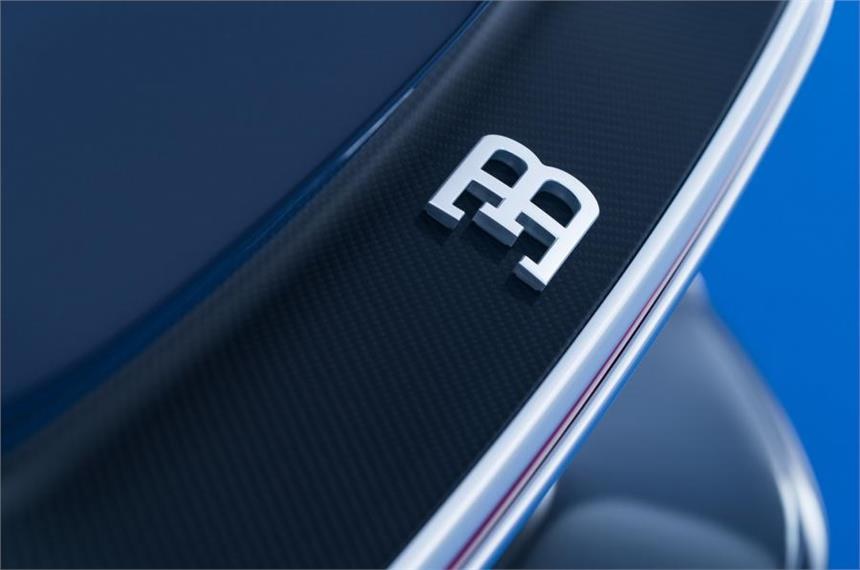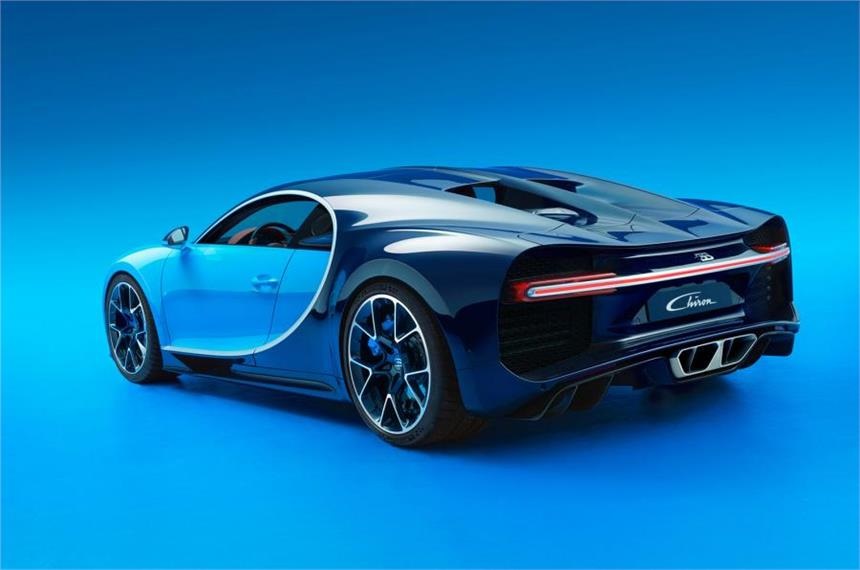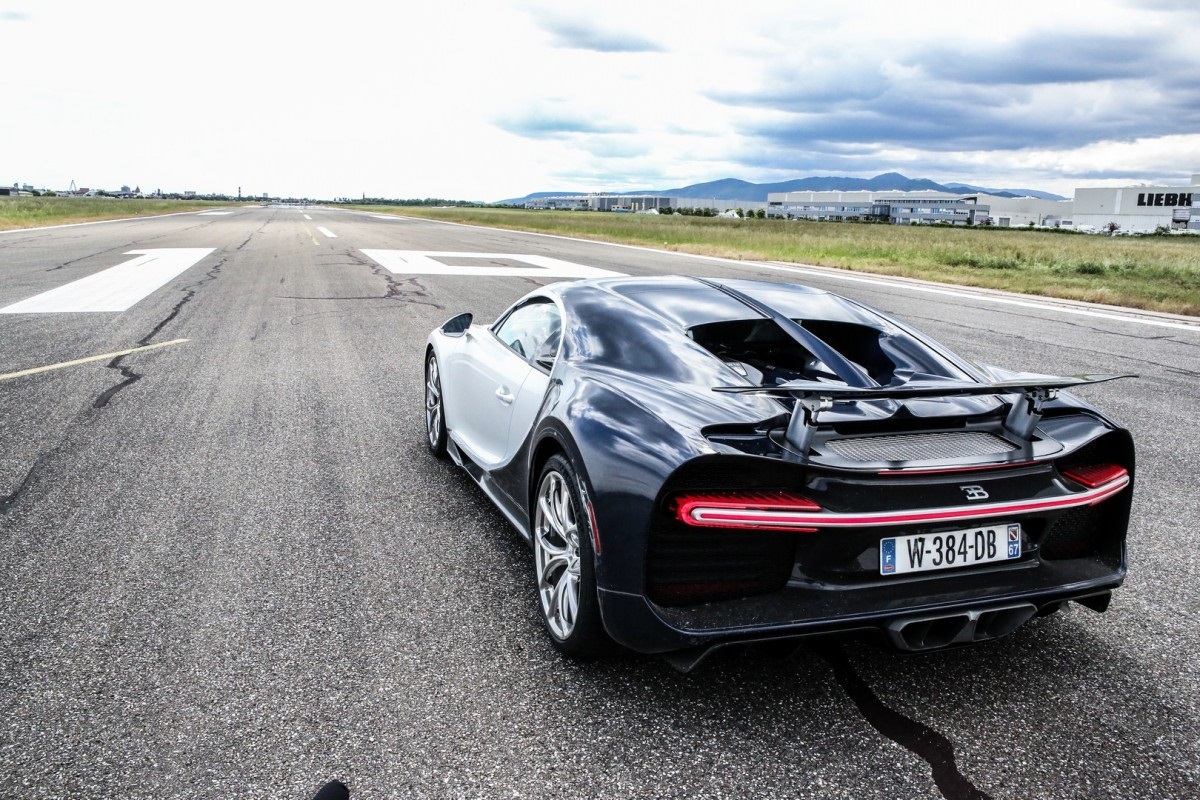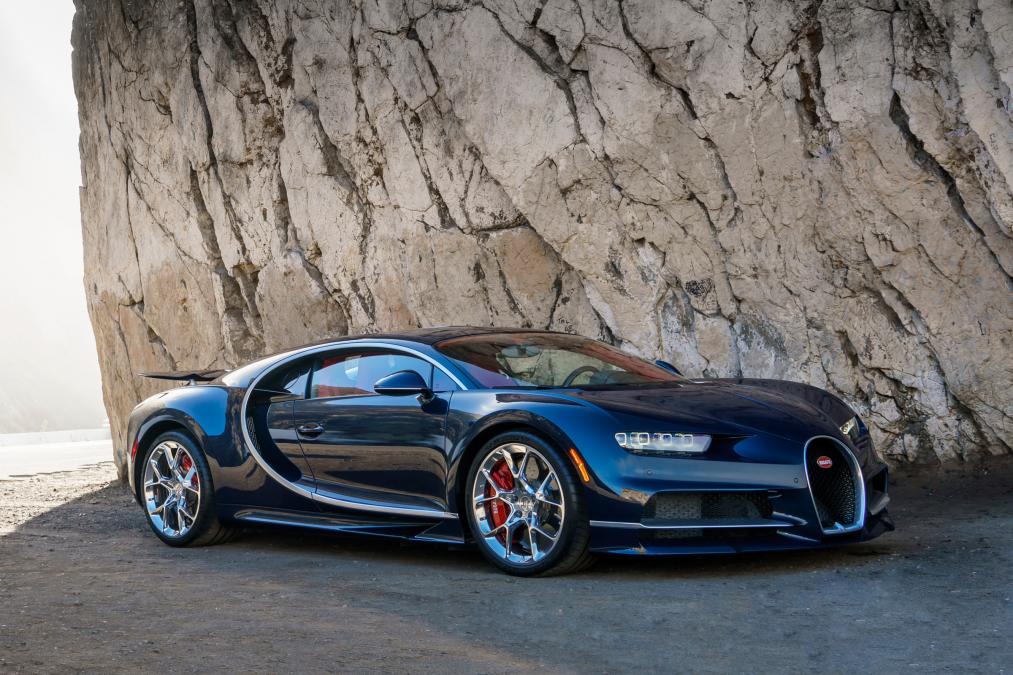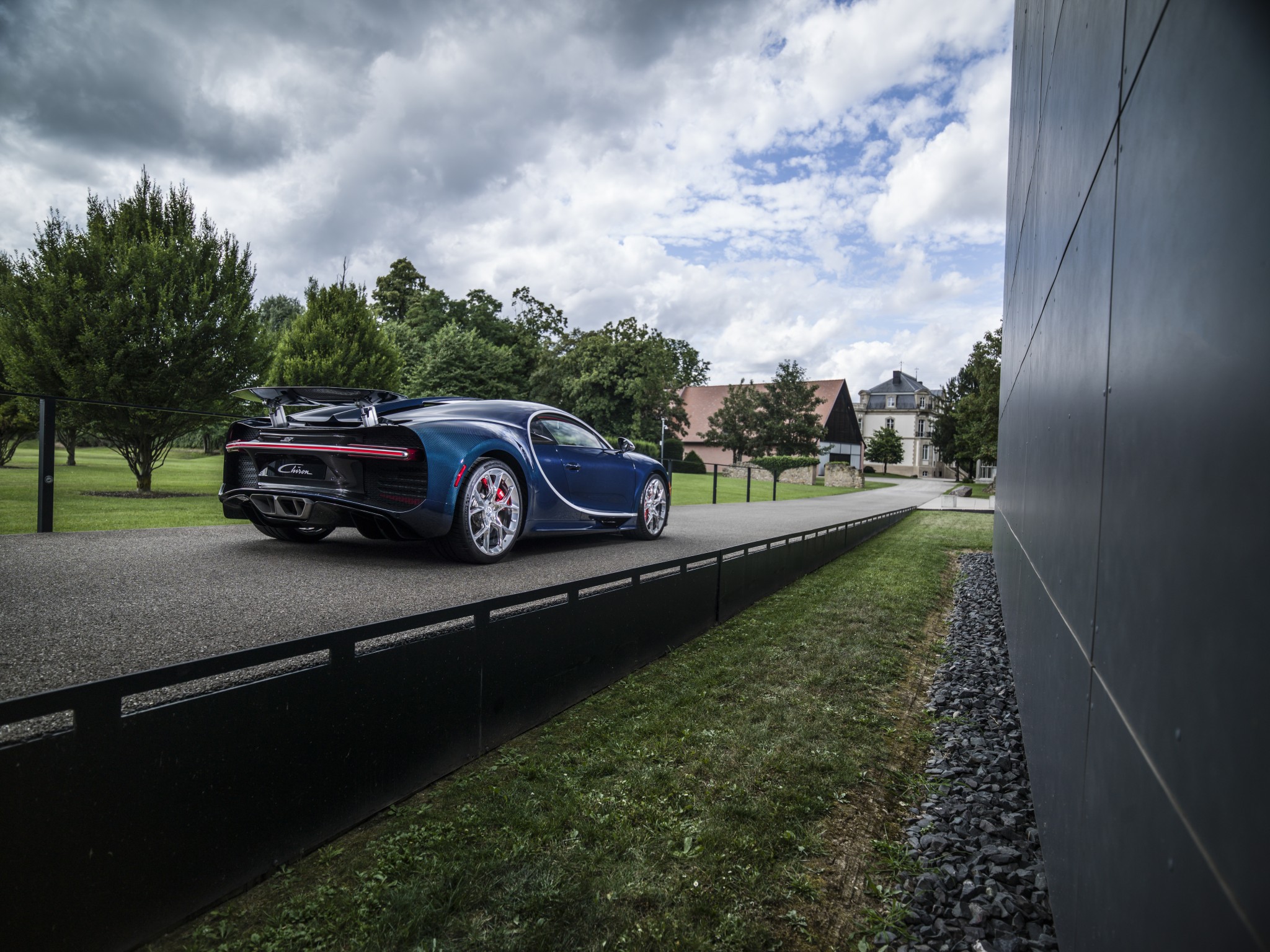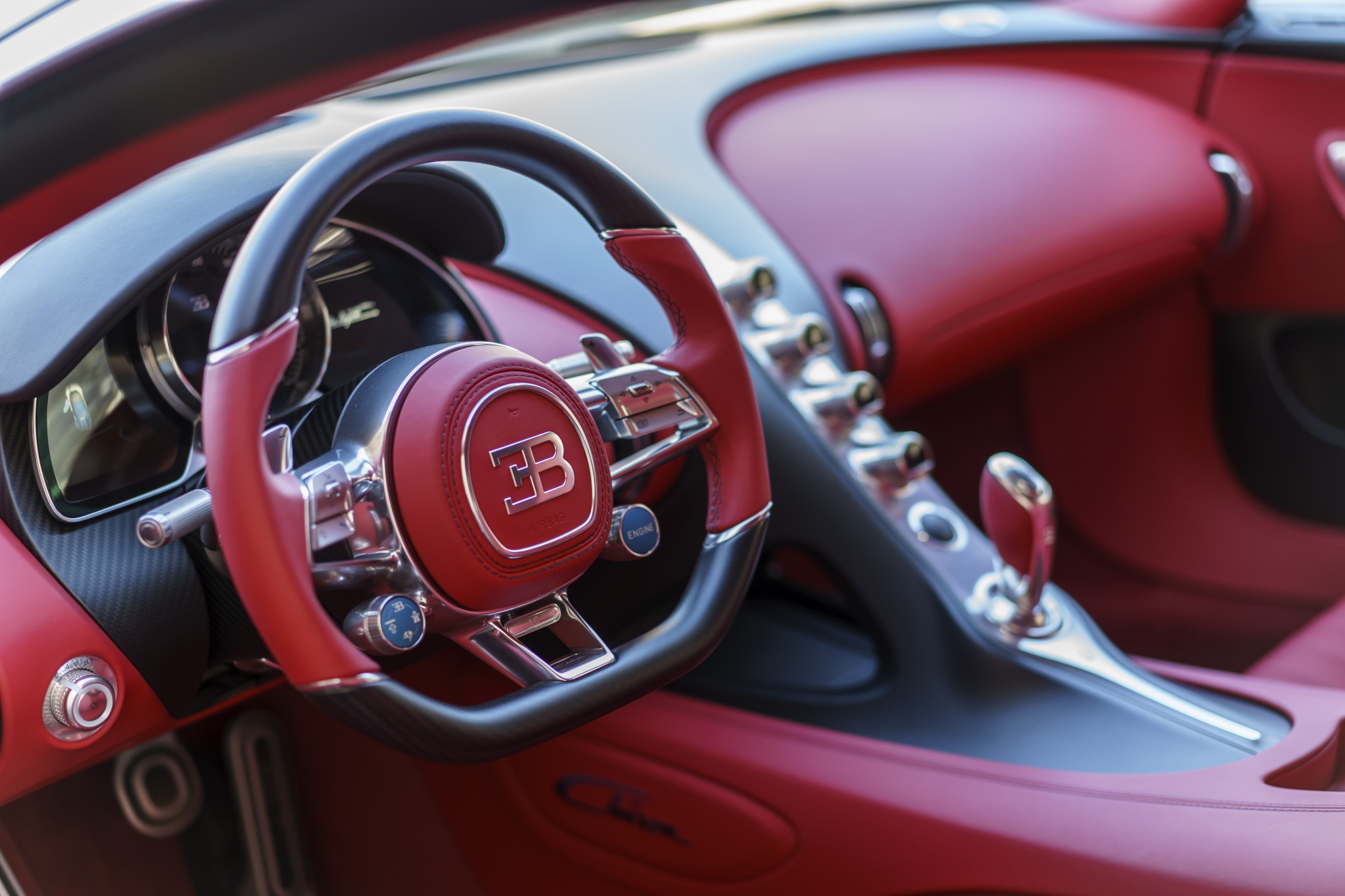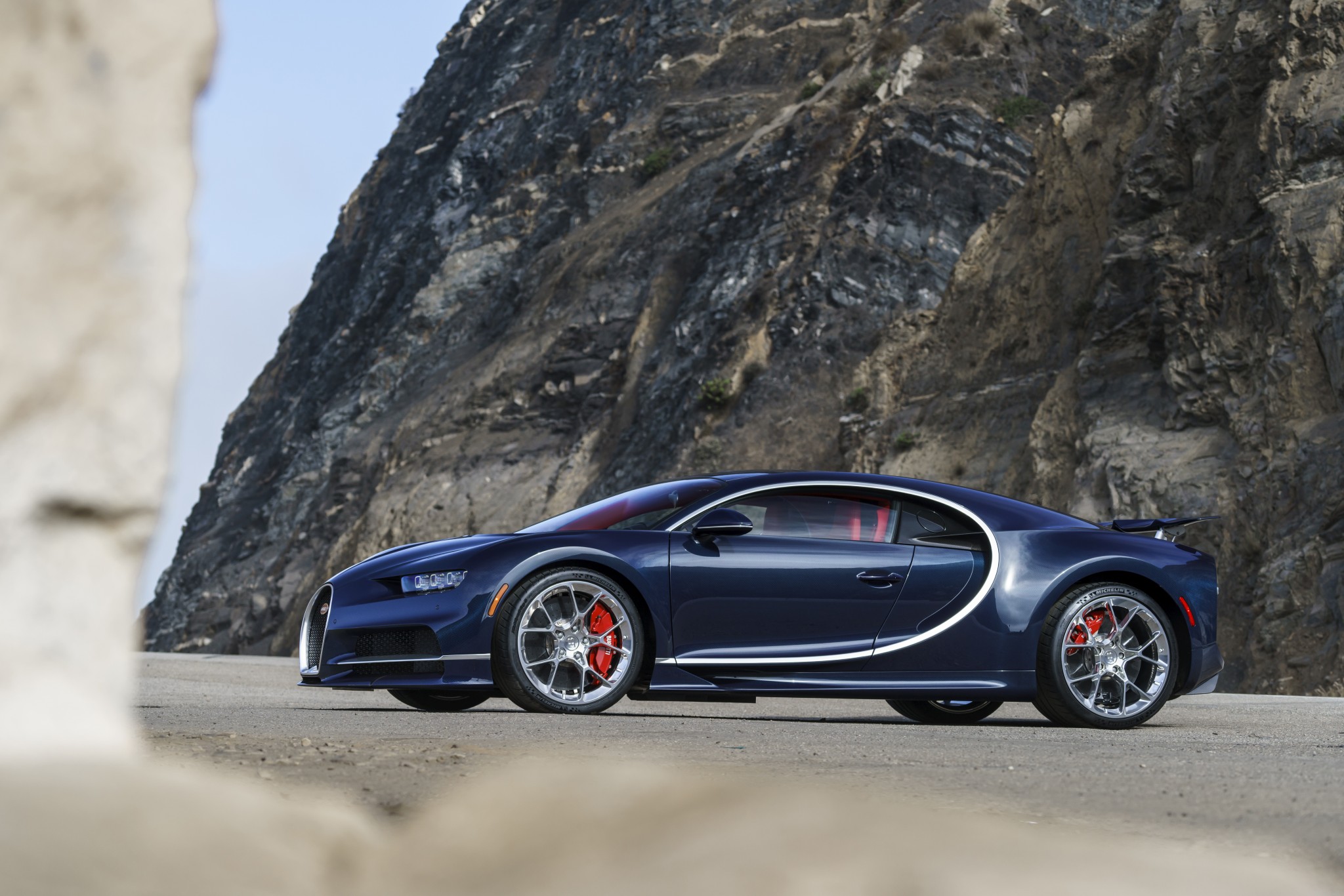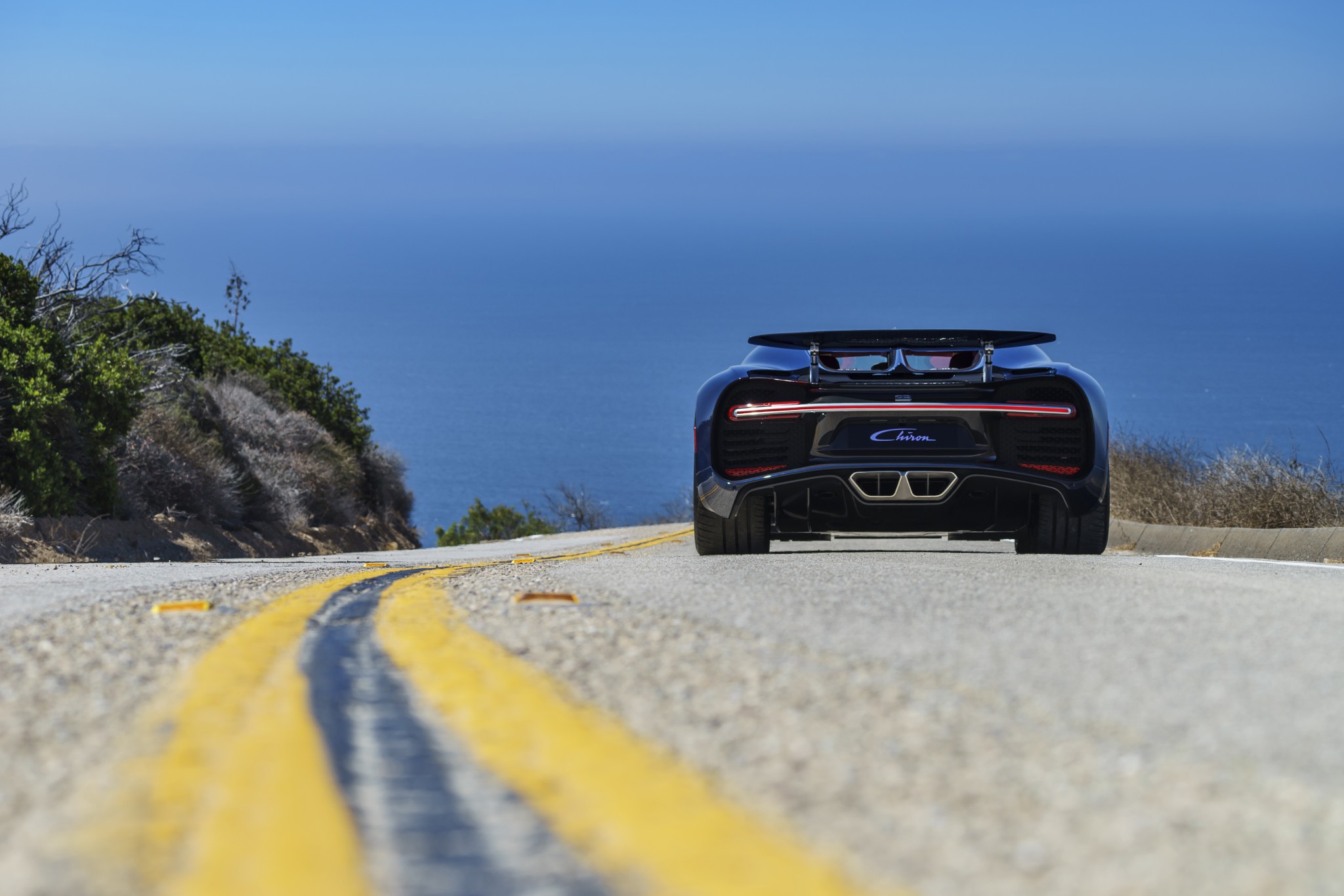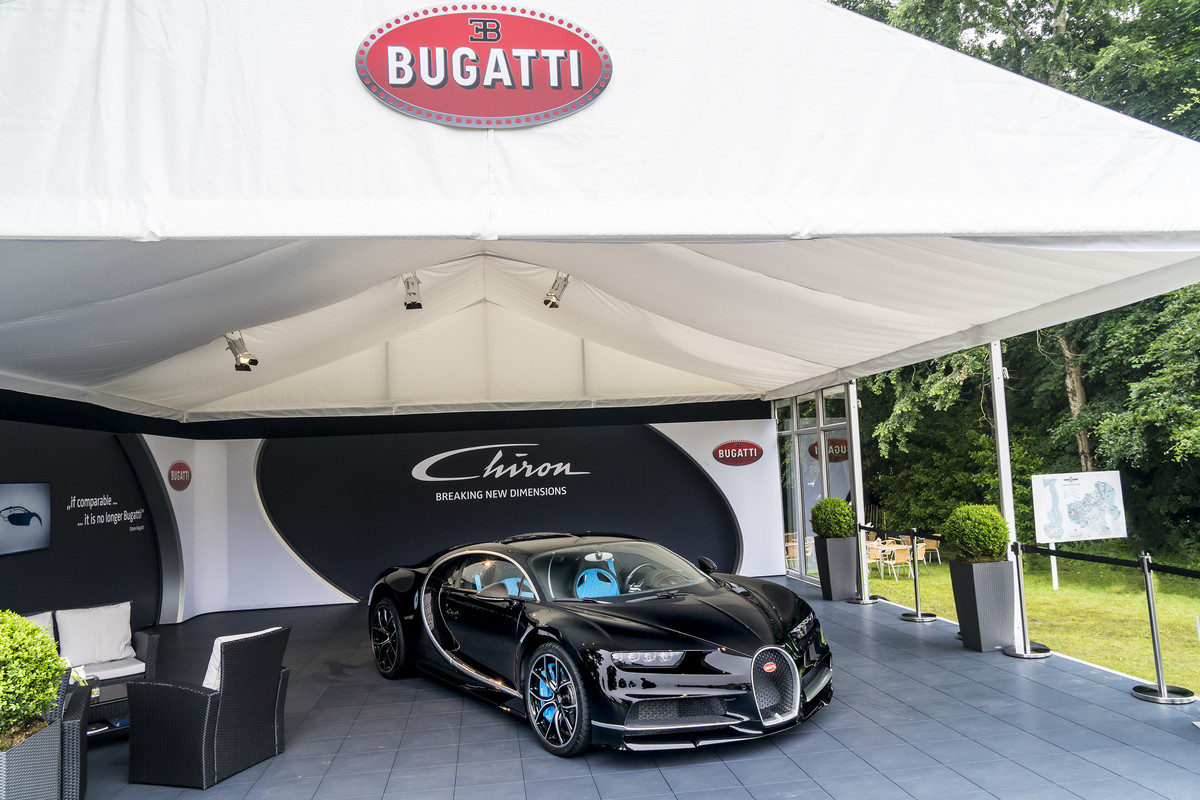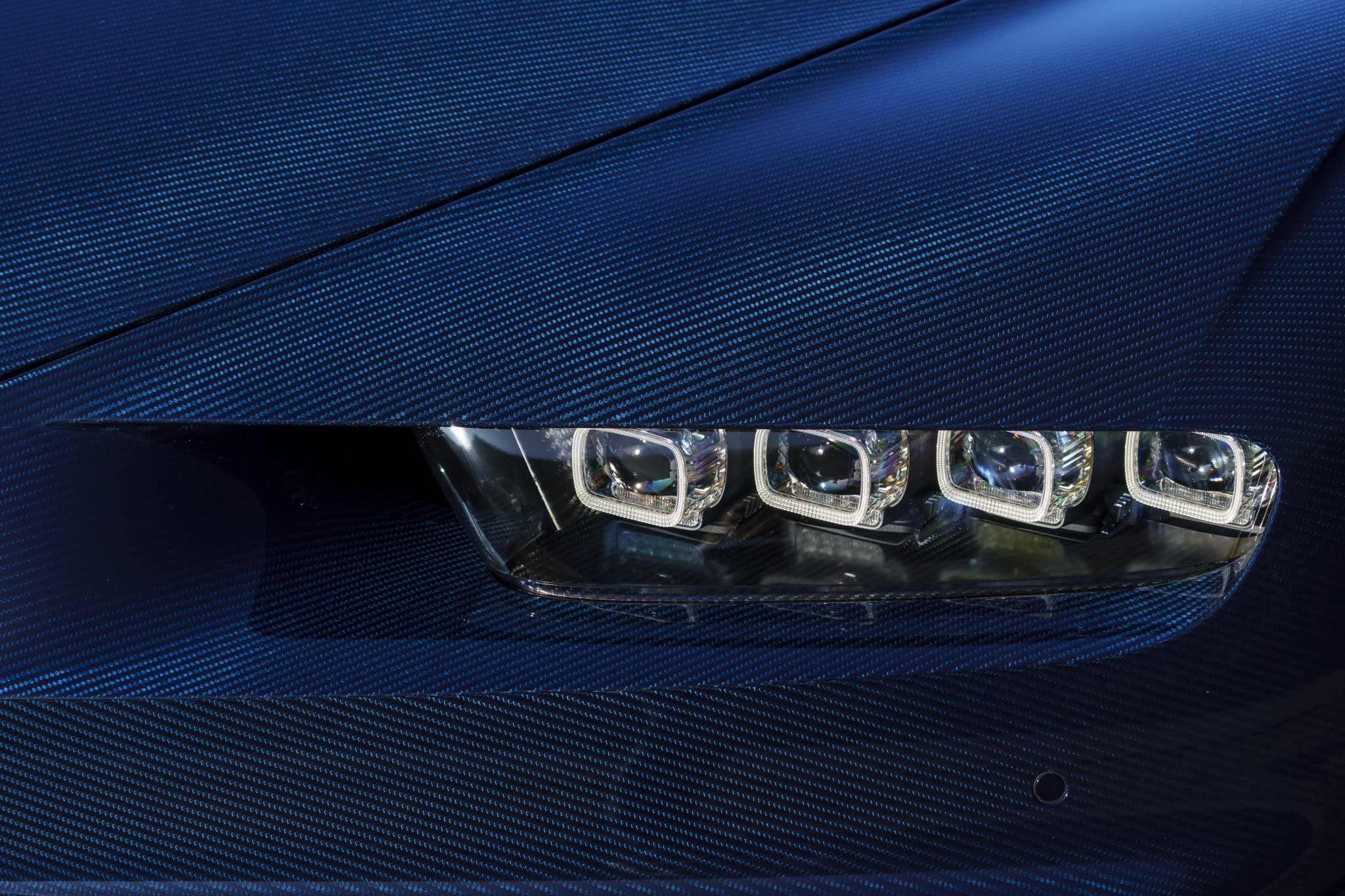2016 Bugatti Chiron
At the world premiere of the successor to the phenomenal Veyron, Bugatti president Wolfgang Dürheimer declared “With the Chiron, we will make the best significantly better.” Never a company to do things by half-measure, expectations for Bugatti’s world-beating hypercar were astronomical – but how do you follow up the fastest, most prestigious production car ever made?
Over 100 orders were taken for the Chiron before the concept was shown at the 2016 Geneva motor show; the faith of Bugatti’s customer base in the company’s ability to produce the goods was strong.
Development of a new benchmark – Redefining “The best”
With a name honoring Louis Chiron, Bugatti’s grand prix driver in the 20s and 30s who cleaned up at virtually all the major races he contested behind the wheel of their cars, the stakes were raised even higher.
Operating beyond the known best standard in any field is incredibly tough; new battlelines had to be drawn. Alongside the pre-marketing activity, which led to those 100s of names on the pre-order list, Bugatti tested the Chiron extensively across several continents, ensuring whatever the conditions it was head and shoulders above the competition.
The challenge of reaching the pinnacle of automotive excellence was compounded; making a fast car is made easier if you’re given complete engineering freedom – not so with the Chiron. While the engineers had been given license to produce the fastest, most powerful production car on the market, they also had to meet Bugatti’s requirements for extreme luxury.
Design was another priority the engineers had to work around; shortly prior to unveiling the Chiron, Bugatti had shown a concept in racing simulator Gran Turismo for Playstation. The Vision Gran Turismo provided an insight into the styling language the brand was pursuing. While the design looked to all intents and purposes like it could be an actual car, albeit an extremely high-end one, less consideration was needed for elements like airbags, packaging of the engine, drivetrain and even the interior when the concept was just a shell with numbers for a physics model typed in to the game code – building and developing the real thing represented an entirely different challenge.
The Technical Challenge
Power is required to build a machine capable of the sort of speeds Bugatti had targeted with the Chiron. A lot of power.
The 8-litre W16 from the Veyron is no bad place to start from that perspective; that car had no shortage of power, producing 1183bhp in SuperSports configuration – at launch, the fastest production car in the world.
Where do you go from there? In the words of eighties pop sensation Yazz, “the only way is up”. Bugatti’s engineers stripped that enormous power plant back to basics, fitting a quartet of turbochargers, even bigger than those fitted to the Veyron. Controlled by Bugatti two-stage turbocharging, a system developed by Bugatti specifically for this car which acts to eliminate turbo lag throughout the rev range. Two turbos spin up from the get go, with two more joining in above 3800rpm.
All of this comes together for a power output of 1,500bhp and 1,600nM of torque – available throughout the range from 2000 to 6000rpm.
That magnificent power plant is mounted in a carbon fibre monocque, for lightness and immense structural rigidity – Bugatti claims this to be around 50,000nM per degree. Bugatti describes this as an adaptive chassis and, with custom-made tires developed specifically for Chiron, is designed to give the hypercar poise and agility to compliment its stratospheric top speed ambitions.
Ah, yes, that top speed. You may have noticed its notable absence from this piece so far. The Veyron was all about absolute top speed, and Bugatti has hopes that the Chiron will be even faster.
Road-going versions are currently limited to 420km/h – around about the 260mph mark. While this is hugely impressive, especially for a car that weighs a smidgen under two tonnes, it still sits below the Veyron SuperSports’ 267mph upper limit. Why would they build such an unconstrained car then whack an electronic limiter on it, you might ask.
The Chiron is operating at the fringes of what’s possible in a road car; the thinking is that any faster than 260mph and it’ll shred its enormous tires – not something you want to happen when you’re covering a football pitch every second.
With stronger tires, it’s believed this behemoth could crack the 275mph mark, gulping through its entire 100-litre fuel tank in just 9 minutes in the process.
Getting close to that VMax is quite the recalibration of senses. 0-62 is dispatched in 2.5 seconds, with 124mph flashing past just 4 seconds later. 186mph is behind you by the 13.6 second mark and from there the speedo just keeps on climbing.
Take a second and think about that. What can you do in 6.5 seconds? This car can reach 124mph from standstill in one Vine video… if only Vine was still a thing.
All the Comfort
All this in a car with doors, windows, plush leather seats for two occupants, which keeps them in comfort and protected from (most) of the noise outside as it grabs the laws of physics and tears them a new one as it pleases. VW Group did not allow for any oversight to be paid to comforts in its development, meaning its world-topper is in many ways as easy to live with as a Golf.
Asking for a car that does everything comes with its own price tag however, and for a car that’s all about being an absolutely dominating top trump card made real the price is fitting; the Bugatti Chiron costs $3 million.
Seems steep? When you consider that no other vehicle on Earth combines the qualities of all-out speed, competence and complete and utter opulence as well as the Chiron – no other marque comes close, with even the recent “Holy Trinity” of hybrid hypercars from Ferrari, McLaren and Porsche failing to reach this level – that price begins to make some sense at the level Bugatti are playing.
Only 500 examples of Chiron will be built, and with that pricetag it’s unlikely that many of those will regularly turn a wheel in anger, let alone be seen on public roads save for very special occasions.
Bugatti Chiron Pictures & Gallery
Epic Bugatti Chiron Videos
Bugatti Chiron, the new 1479bhp and 261mph hypercar king – by DriveTribe
Bugatti Chiron Review | Bugatti’s new 261mph hypercar tested | Autocar
Chris Harris in the Bugatti Chiron: 0-236mph in 30 seconds – Top Gear 2017 – BBC Two
Bugatti Chiron: World’s First Video Review – Carfection
Specs & Performance
| type | Series Production Car |
| released at | 2016 Geneva Motor Show |
| built at | Molsheim, France |
| body stylist | Achim Anscheidt, Sasha Selipanov, Etienne Salome, Frank Heyl |
| engineers | Wolfgang Schreiber |
| production | 500 |
| price $ | $ 3,000,000 |
| price €/td> | €2,400,000 |
| price £/td> | £2,518,000 |
| engine | Aluminum, Narrow Angle W16 w/Dry Sump Lubrication |
| position | Mid Longitudinal |
| aspiration | Quad Turbocharged |
| block material | Forged Aluminum Alloy |
| valvetrain | DOHC 4 Valves / Cyl w/VVT |
| fuel feed | Multi-point Electronic Sequential Indirect Injection |
| displacement | 7993 cc / 487.8 in³ |
| bore | 86 mm / 3.39 in |
| stroke | 86 mm / 3.39 in |
| compression | – |
| power | 1103 kw / 1479 bhp @ 6700 rpm |
| specific output | 184.88 bhp per litre |
| bhp/weight | 740.98 bhp per tonne |
| torque | 1600 nm / 1180 ft lbs @ 2000 rpm |
| redline | – |
| body / frame | Carbon fibre monocoque, carbon fibre subframe & engine carrier |
| driven wheels | 4WD w/TCS, Stability Control, Haldex LSD |
| wheel type | Forged Alloy |
| front tires | 285/30R-20 Michelin Pilot Sport Cup 2 |
| rear tires | 355/25R-21 Michelin Pilot Sport Cup 2 |
| front brakes | Ventilated & Drilled Carbon Discs w/8-Piston Calipers (titanium pistons) |
| f brake size | 44 x 420mm / 1.7 x 16.5 in |
| rear brakes | Ventilated & Drilled Carbon Discs w/6-Piston Calipers (titanium pistons) |
| r brake size | 33.0 x 400 mm / 1.3 x 15.7 in |
| front wheels | F 50.8 x 28.4 cm / 20 x 11.2 in |
| rear wheels | R 53.3 x 36.6 cm / 21 x 14.4 in |
| steering | Adjustable electro-mechanical system |
| f suspension | – |
| r suspension | – |
| curb weight | 1995 kg / 4400 lbs |
| weight distro | 43 % / 57 % |
| wheelbase | 2711 mm / 106.7 in |
| front track | – |
| rear track | – |
| length | 4544 mm / 178.9 in |
| width | 2038 mm / 80.2 in |
| height | 1212 mm / 47.7 in |
| transmission | Electronically-Controlled Ricardo 7-Speed e/Dual-Clutch |
| tran clutch | Double-Clutch |
| gear ratios | – |
| final drive | – |
| top speed | ~420 km/h / 261 mph |
| 0 – 60 mph | ~2.5 seconds |
| 0 – 124 mph | ~6.5seconds |
| 0 – 1/4 mile | TBA |
| drag | 0.38 Cd (0.4 in handling mode, 0/35 in top speed mode) |
| fuel econ epa | – |
| city fuel econ epa | – |
| hwy fuel econ epa | – |
| fuel capacity | 100 litres or 26.40 gal. |


